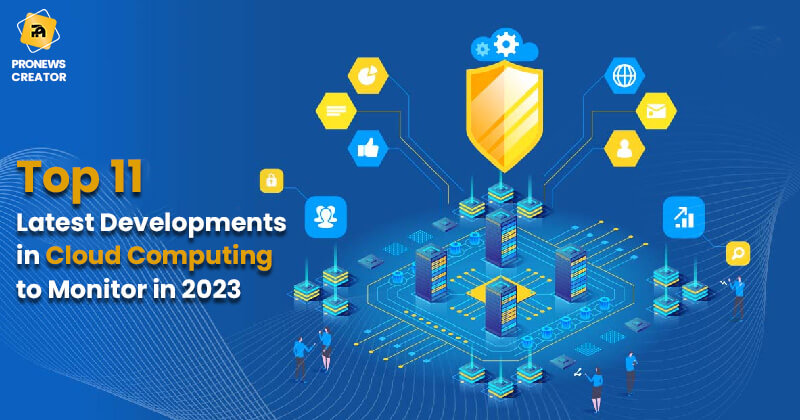Today, everyone is talking about the cloud. Although not everyone understands what cloud computing is and what it does, nobody can overlook its importance.
Companies will continue to adopt cloud services in 2023 to gain access to new and innovative technology.
Cloud computing is one of the most rapidly evolving technologies in the IT sector.
It is a necessary corporate tool for storing and sharing data.
The latest developments in cloud computing are popular in application and infrastructure software, business processes, and system infrastructure.
Let’s talk about cloud computing, what it is, how it works, and what kinds of cloud technologies we might anticipate seeing in 2023.
What is cloud computing?
Cloud computing is the practice of using the internet to supply on-demand IT services such as analytics, databases, networking, servers, and storage.
These virtual assistants provide speedier innovation, scalability, and more resource flexibility.
Most cloud models charge you just for the resources you use, making it a cost-effective way to integrate IT into your organization without investing in an in-house data centre.
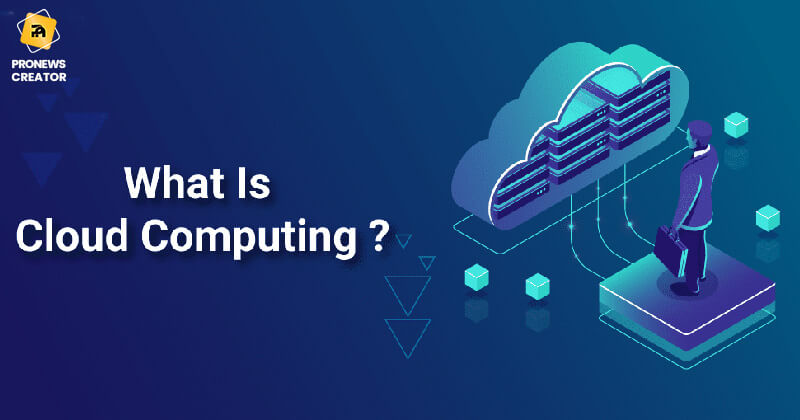
What are interesting facts about cloud computing?
| 1 | By 2028, the cloud computing sector might be worth more than $1 trillion |
| 2 | The market increased by a whopping 635 percent in just ten years |
| 3 | Migrating to cloud computing can save an organization up to 40% |
| 4 | By switching to cloud computing, businesses can save up to 64 percent on energy costs and cut carbon emissions by up to 64 percent! |
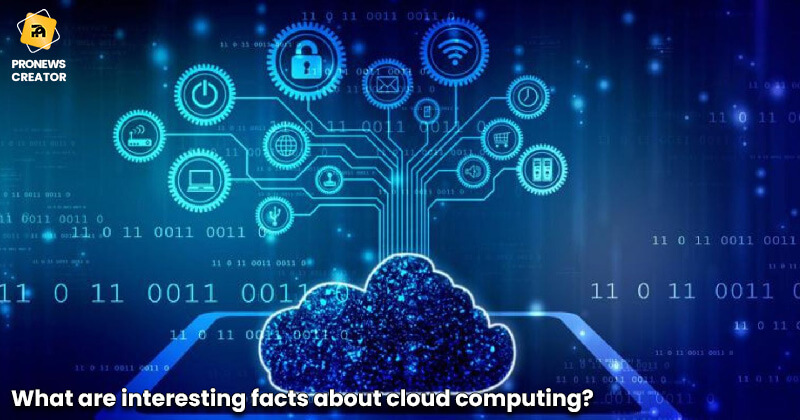
Details of the 11 latest developments in cloud computing
As cloud computing trends evolve, here are the newest cloud computing technologies to watch for in 2023.
1. Disaster Relief
Cloud computing is useful for disaster recovery because it allows businesses to quickly restore vital services in the case of a natural or man-made disaster.
It directs to employing cloud-based resources to recover from a disaster such as power outages, data loss, or device problems.

2. The blockchain
Blockchain is a connected collection of blocks containing records that grow as users add to it. People use cryptography to store data in blocks.
It provides superior security, transparency, and decentralization. It is increasingly being conjugated with the cloud.
It can process massive amounts of data and exercise control over documents efficiently and securely. The new technology is showing great potential for a variety of industrial applications.
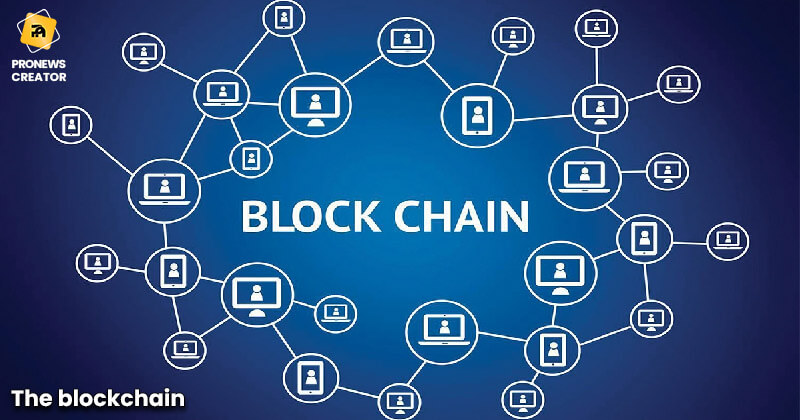
3. Kubernetes and Docker
Docker and Kubernetes provide a platform for delivering software in containers.
Docker and Kubernetes used for cloud deployment management will aid in large-scale deployments. Both platforms have the following features:
| High scalability | High efficiency |
| Cloud deployment automation | Flexible resource sharing |
| Rapid and low-cost deployment |
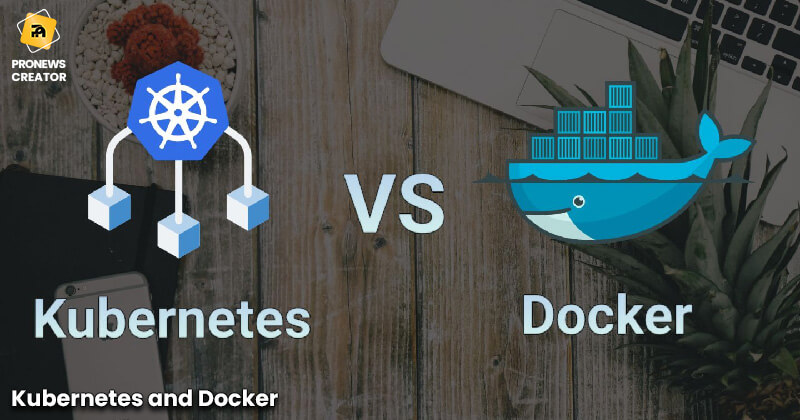
4. AI and ML
Cloud computing is tied to two technologies: artificial intelligence and machine learning.
Because enormous amounts of processing power and storage space are for data collecting and algorithm training, AI and ML services are more cost-effective.
They are a solution for managing huge amounts of data to increase the efficiency of technology companies.
Better automation and self-learning capabilities, better data protection and privacy, and more personalized cloud experiences emerge as significant trends in this field.
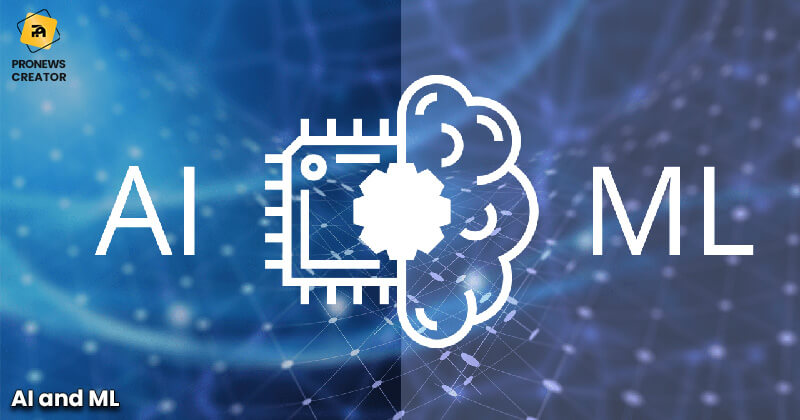
5. Data safety
Data security is a main worry impeding the widespread use of cloud computing.
A security breach can occur for many causes, including software faults and human error. Misconfigurations or insecure cloud infrastructure can lead to data breaches.

6. Low-code and no-code cloud benefits
People want tools and platforms that allow anyone to create applications and use data to solve problems without writing computer code.
This category of low-code and no-code solutions includes programs for building websites, web applications, and nearly any other digital product a company desires.

7. Cloud-Native Applications
An increasing number of enterprises are using cloud-native apps. These programs are intended to resist changes while remaining resilient.
Furthermore, they allow businesses to design, launch, and manage cloud apps more swiftly.
Cloud-native apps enable organizations to alter, add features, and improve user and customer experiences. Furthermore, cloud-native app management is straightforward and requires minimal resources and vendor engagement.
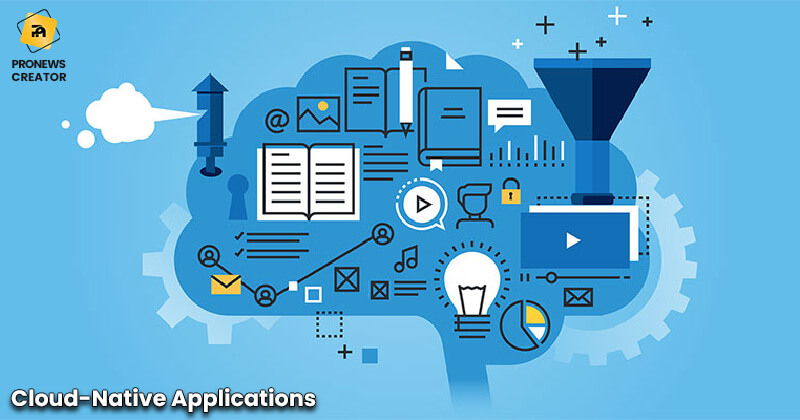
8. Cloud Gaming
Microsoft, Sony, Nvidia, and Amazon all offer video gaming services.
However, streaming video games requires more bandwidth and is only viable with high-speed internet access. With the launch of 5G in 2023, cloud gaming will become a substantial sector.
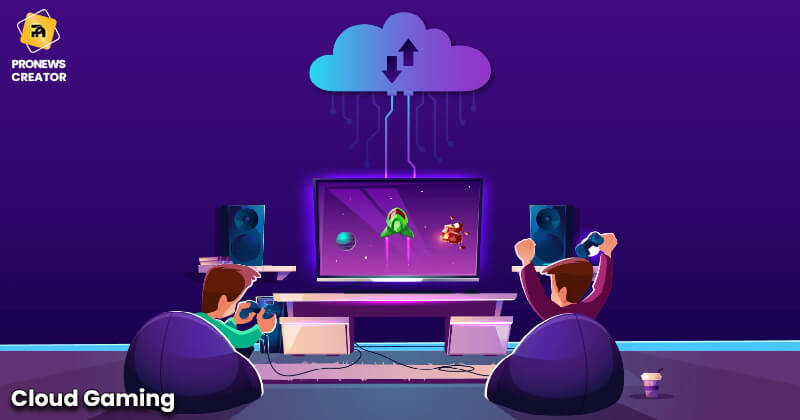
9. Edge computing
Edge computing will eventually be at the heart of every cloud strategy, making it the cloud computing topic in 2023.
According to Gartner research, by 2024, most cloud platforms will include several distributed cloud services that run at the edge.
According to IDC forecasts, the worldwide market for edge computing will grow by 12.5% per year beginning in 2024 and reach $250 billion.
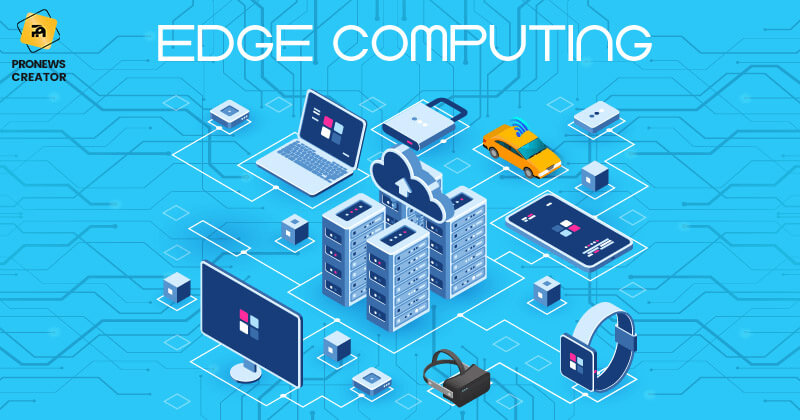
10. Internet of Things (IoT)
The Internet of Things (IoT) is a well-known direction in cloud computing. It is a technology that keeps computers, servers, and networks connected.
It is a middleman to ensure successful communication and data gathering from distant devices.
It resolves warnings and helps firms implement security policies to build a safer cloud environment.
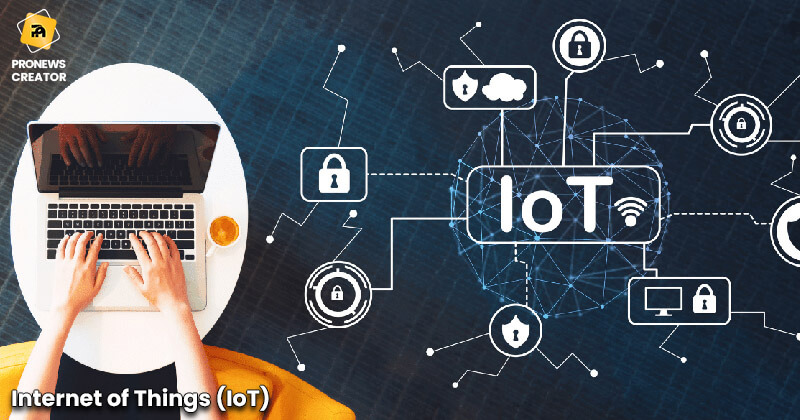
11. Cloud cost optimization
Several businesses are attempting to optimize their IT service spending. As a result, cloud service providers will develop cost-effective cloud solutions while maintaining high levels of performance and availability.
To ensure the cost-effectiveness of cloud services, cloud service providers utilize the resources at their disposal wisely and offer cloud workload optimization.
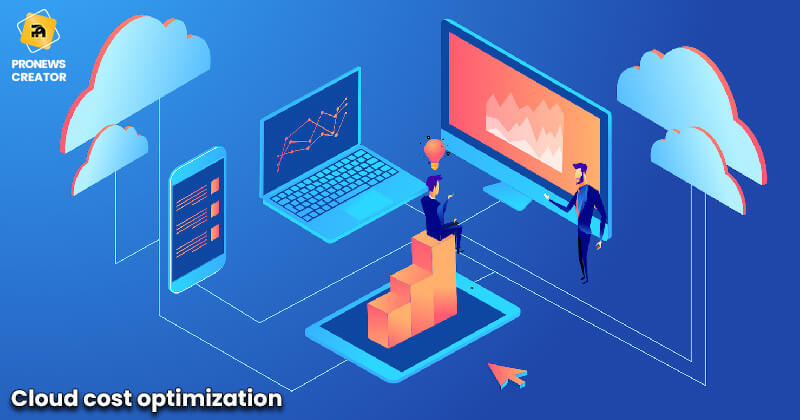
What are the Benefits of Cloud Computing?
| Cost-cutting measures | Scalability |
| Flexibility | Agility |
| Increased security | Improved collaboration |
| increased productivity | Reconstruction after a disaster |
| Environmental advantages | Better client service |
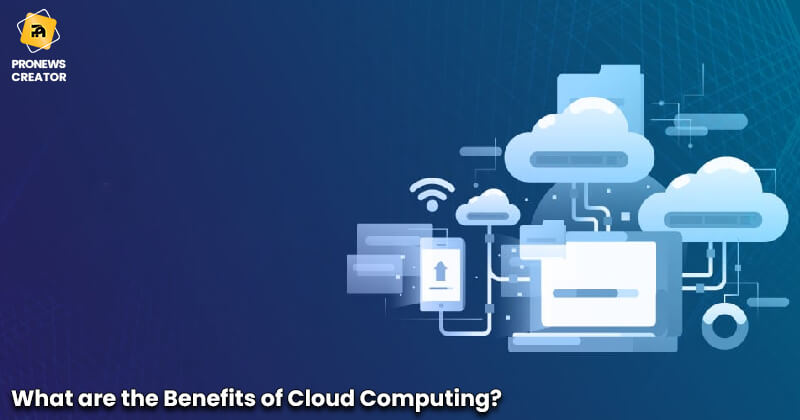
Final words
The cloud adoption tsunami is reaching its peak and will continue to rise in 2023.
A business can grow its cloud capabilities and modernize and upscale its digital offerings using a cloud.
Businesses’ enthusiasm for innovation and continuous learning will play a significant role in mastering the cloud solution in 2023.
These tendencies in cloud computing will alter as cloud usage grows.
If you stay on top of these latest developments in cloud computing, your organization uses the best cloud solution on the market.

